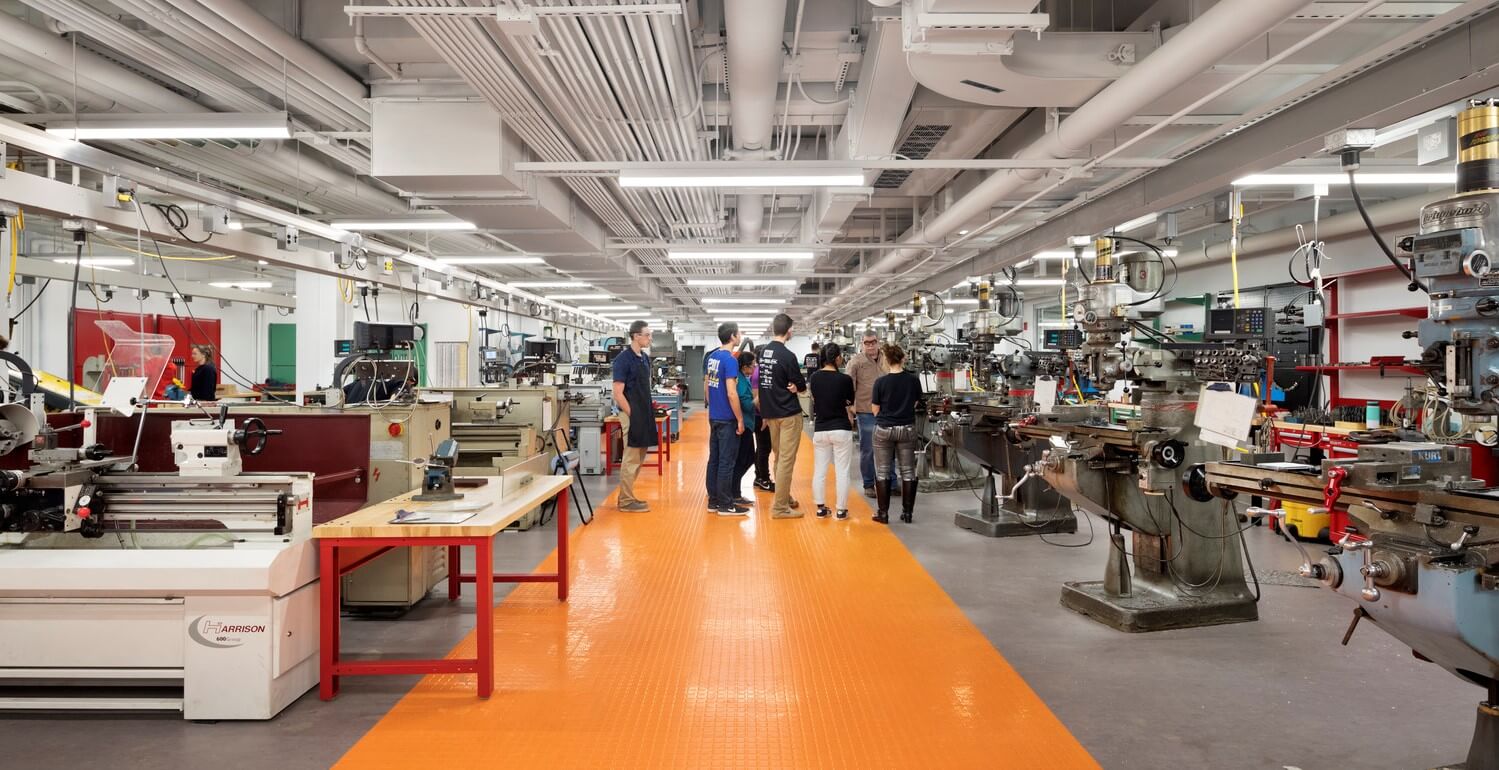The accomplishments of the healthcare industry over the last 18-plus months has been nothing short of impressive. Operational, spatial, technological, and relational adjustments to the care delivery surges and infection control needs have exposed the resilience of our healthcare leaders and providers. Reflecting on this has caused me to wonder, “If all this transformation can happen in a year and a half, what can healthcare look like in 20 years?”
The pandemic catalyzed changes in the face of extraordinary disruption, but let’s imagine we can harness that courage to change beyond the pandemic and make the possibilities of the future real even sooner. I’m no futurist; I am an “imaginist,” though, so let’s play “pretend” on the hospital of the future, as it’s likely coming faster than we think.
Before modern medicine, people made pilgrimages to “temples of healing,” or what we now call “hospitals,” for health. In this two-part blog post, I will imagine what the hospital might look like in the future through various examples.
Virtual Reality: Imagine the patient room no longer has a television—because why would it? Instead, the room itself is an entirely immersive environment supported by virtual walls connecting the patient to communicate with distant family members or specialists in other geographies. The walls also provide entertainment options and positive distractions like virtual landscapes or art museums. Imagine patients can visit the Grand Canyon in Arizona or MoMA in New York and it would feel nearly real and provide a sense of being somewhere else, even though you’re in a hospital. Additionally, patients previously unable to leave their beds can now do so via immersive, multisensory virtual experiences through their room environment or, at the very least, virtual reality (VR) headsets, which are as commonplace in the patient room as televisions used to be. This is a paradigm shift for the satisfaction of experience, sense of control, and fostering social support—each proven to improve outcomes and reduce the length of stay.
Augmented Reality: Imagine the hospital no longer has physical signage but communications delivered via augmented reality (AR) through phone screens, AR glasses, and even AR contact lenses or other implantable nanotechnology. This technology improves access, wayfinding, and patient safety by identifying patients upon entry and arrival and supplementing their devices with improved information of where to go. Patient registrars are no longer required, only greeters improving consumer satisfaction through immediate personal attention. Wristbands won’t exist and digital interfacing devices will be limited as clinicians can identify and log patients and data through their information-supplemented eyeglasses (i.e. Google glass) or similar device. AR will also improve procedural treatments by informing clinicians of data, enabling them to maintain visual focus on the procedure and not data on ancillary screens.
Nanotechnology and nanomedicine: Imagine that emergency departments offer a “biorepair urgent care” for biologically integrated devices in future implantable devices or nanomedicine technology, such as dermally implanted sensing devices or smart tattoos, which can serve as internal heart monitors or for neurological monitoring. There will be physical care as we know it today, and there will be bio-technology care—not as emergent in priority as physical care. Still, we will rely on these biologically integrated devices (much like we are today with our smartphones). Without them, our ability to function in a high-performing way is diminished. Repairing issues will be an urgent care issue needing resolution, and the line will become more and more blurred between physiology and technology.
The progress and integration of nanotechnologies and personalized medicine will require other supporting departments we haven’t seen before in hospitals, as well. For example, facilities will need to plan for a hybrid space combining the functions of the pharmacy, clinical lab, and biomedical maker space, a “nanomacy.”
High-tech future
The hospital of the future will likely be a paradox. It will have less but more high-acuity focused beds as lower-acuity care will depart to less intense places/spaces, such as ambulatory surgery centers, observation units/centers, and beds at home; it will be highly technical and procedurally focused to deliver only high-acuity care on-site; and, hopefully, it will also be a community asset, still encouraging pilgrimages for sick care, but also providing wellness hubs for spiritual improvement and socialization as well as assets like gardens, restaurants, education, entertainment, spas, etc. This future version will be a true high-tech, high-health community center.
In my next blog post, I’ll explore artificial intelligence and high-performance computing requirements; drones and robotics-related to logistics; and hospital relationships to home care and the community. Stay tuned.
Article published in Healthcare Design.

